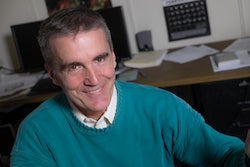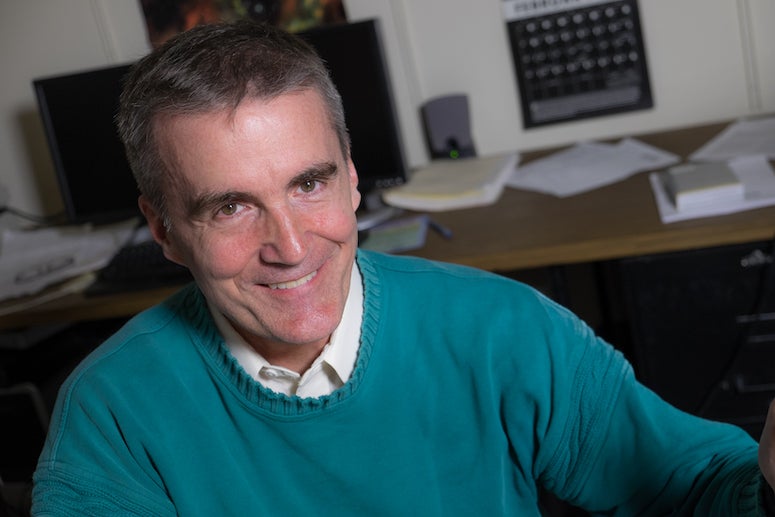HOUSTON – (Dec. 15, 2021) – Rice University astronomer Patrick Hartigan is available to comment on the highly anticipated launch of the James Webb Space Telescope (JWST), which will enable an unprecedented view of the cosmos.
The launch is scheduled for Dec. 24 at the earliest, according to NASA, after a communication issue forced a delay of several days.
The telescope will allow astronomers to see infrared light from the most distant galaxies, providing the best look yet at the ancient history of the universe. Its predecessor, the Hubble Space Telescope, primarily captures visible and ultraviolet light.
Closer to home, JWST’s higher sensitivity and advanced infrared capabilities will allow astronomers to peer deeper into the shrouds that surround young stars.
“JWST is uniquely designed to study the first galaxies that formed,” Hartigan said. “Another focus will be characterizing exoplanets and detecting their atmospheres. That’s at the edge of its capabilities. A third focus will be star formation, because we’re going to be able to peer through most of the dust.”
Hartigan’s targets include star-forming regions in the Orion Nebula and several stellar jets that burst from developing stars.
“In the Orion Nebula, JWST will look at the chemistry of all the molecules that are forming and give us a better idea of how massive young stars affect their environment, including stars around them,” he said. “Our sun probably formed in this type of environment, so it’s pretty relevant to our solar system.
“Our other project is to look at the collimation regions of stellar jets,” he said. “When stars form, they’re surrounded by circumstellar disks that become planetary systems. But to form in the first place, these systems must get rid of much of their rotational energy, and we think they do that by ejecting highly collimated jets of material.
“We haven’t been able to see them clearly through the dust, but JWST’s infrared capabilities should give us a clearer view of the regions that are of the most interest from a physics standpoint,” he said.
Hartigan said the collecting area of the JWST is about 45 times larger than that of the Spitzer Space Telescope, an infrared satellite launched in 2003, and JWST’s advanced optics and instruments will produce images about 50 times sharper.
Hartigan, a baseball fan, said he’s been monitoring JWST’s rising budget for years, but a little research and some back-of-the-envelope math put it in perspective for him. “The New York Yankees payroll going back 20 years is about $4 billion, about a half a JWST,” he said. “I figure the cost of the JWST is about equal to the combined salaries paid out by the Yankees and the Dodgers over that period of time.”
The telescope is scheduled to launch from French Guyana on Dec. 24 at 7:20 a.m. Eastern time.
To arrange an interview with Hartigan, contact Mike Williams at 713-348-6728 or mikewilliams@rice.edu, or Jeff Falk, director of national media relations, at jfalk@rice.edu or 713-348-6775.
Image for download:

https://news-network.rice.edu/news/files/2015/03/0302_CARINA-Hartigan-prt-lg.jpg
CAPTION: Patrick Hartigan. (Credit: Jeff Fitlow/Rice University)

